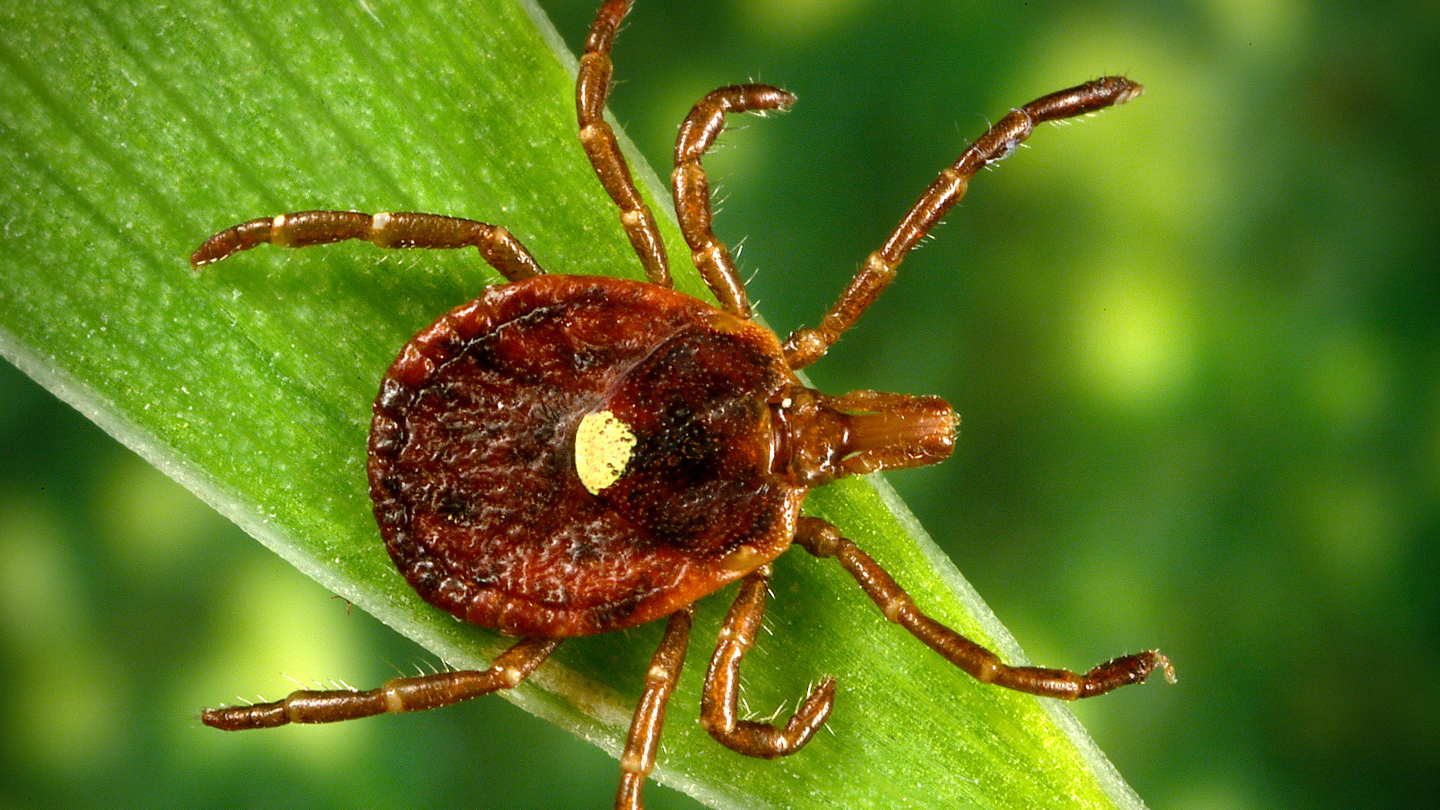Some people living in Ledyard are hoping to get rid of a creepy, crawly problem before that problem gets rid of their trees.
They’re afraid of facing another large gypsy moth infestation this spring. With New London County as one of the hardest-hit counties in Connecticut, some are looking into options to exterminate the gypsy moths.
“Trees were covered, houses were covered, cars were covered,” said Dan Grimm of Ledyard.
Gypsy moth caterpillars and their droppings coating his Ledyard neighborhood last spring.
“You’d have about two or three inches coming off the curb — it was dead gypsy moths. So if you went for a walk or a run, you were stepping on thousands of dead gypsy moths,” Grimm said.
It’s part of the reason he thinks a community effort to spray for the gypsy moth is a great idea. The other reason is defoliation. Grimm said his trees looked bare in the summer because of the caterpillar. Plus, another mass hatch could kill some of his trees.
“We’re looking at what it takes to do aerial spraying like it was done back in the 1980s,” said Lorraine Healy of Ledyard. She’s part of the town’s gypsy moth ad hoc committee.
Local
She is going door to door asking people if they’re in favor of using a special spray — that would be sprayed via helicopter — that specifically targets moths.
There are a few hiccups, though. Not all neighborhoods in Ledyard are affected and the town doesn’t have the money to pay for it. Healy said the cost would have to come out of neighbors’ pockets. At about $350 per acre, and 100 to 200 acres being targeted, it’s not cheap.
Also, Healy said if a neighbor doesn’t want the spray, there needs to be a 200 foot buffer from his or her property.
“Pretty much would like to take the wait and see attitude,” James Theroux, a Ledyard resident said, wanting to wait to see how bad the hatch this spring is.
Claire Rutledge, an associate agricultural scientist with the Connecticut Agricultural Experiment Station, said there’s a fungus that kills the gypsy moth that develops during and after spring rains.
But with a lot of the state in a drought, the gypsy moth came out in full force last year. And there’s still a lot of egg mass throughout the state, Rutledge added.
She said the gypsy moth affected about 175,000 acres in 2015. In 2016, they affected around 230,000 acres.
Healy said the ad hoc committee is also exploring the option of a ground spray and hopes to finalize plans at their meeting Wednesday night.



